In our modern world, we have the opportunity to make travels that were not even imagined until recently. Opportunities to explore the world are far more diverse than they were a generation or two ago.
We are at a point in history where travel has amazing privileges that we sometimes take for granted because modern transportation has allowed us to reach most of the world’s destinations in a day or two.
However, there are still unexplored and mysterious places throughout the planet where there is not any freedom and easy access to travel destinations. It is prohibited and cannot be viewed publicly.
Let’s look at nine such restricted places around the world:
- Ise Grand Shrine, Japan
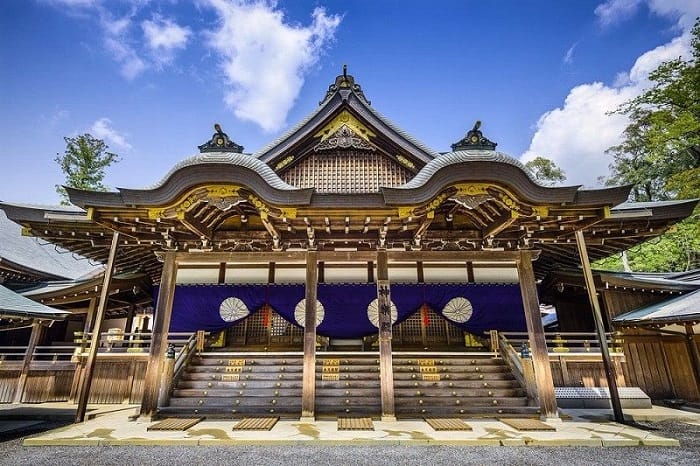
The Ise Grand Shrine is considered the most sacred shrine in Japan and dates back to the 3rd century. It is the spiritual home of the Japanese people and their state religion, Shinto, attracting many pilgrims and tourists every year. Also known as Ise Jingu, it is a complex of more than 125 shrines located in Ise City, Mie Prefecture. The main halls, Naiku (Inner Shrine) and Geku (Outer Shrine), are particularly magnificent and surrounded by lush, tree-lined hills, making them some of the most beautiful structures in Japan.
However, not everyone can enter the most sacred parts. The main hall is almost completely hidden behind a wooden fence, so only part of the building is visible. Only the Imperial Family and a select few priests are allowed to enter the inner sanctum. High priests and shamans must come from the imperial family. Photography of the main hall is also prohibited, adding to the mystery of the place.
- Tomb of Qin Shi Huang, China
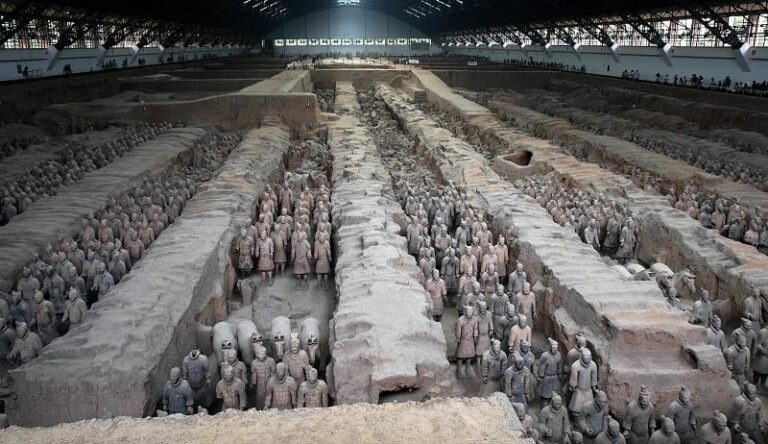
The tomb of Qin Shi Huang, the first emperor of China and founder of the Qin Dynasty, is one of the most inaccessible tombs in the world. The tomb builders created an intricate network of caves filled with everything the emperor might need in the afterlife.
The Chinese government has decided to ban the excavation of the tomb to honor the ancient site. As a result, it remains one of the most forbidden places in the world to pay tribute to the late emperor.
- North Sentinel Island, India
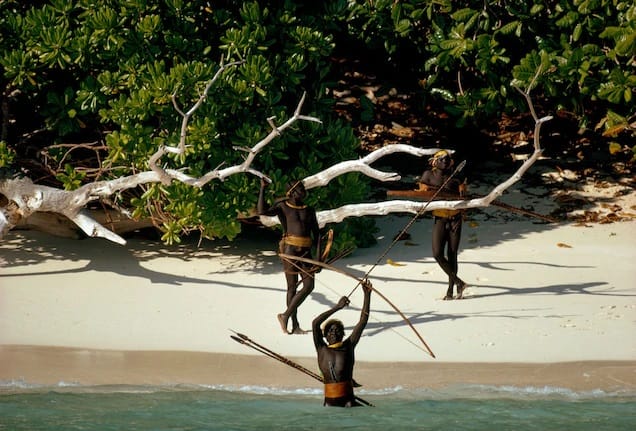
North Sentinel Island, located in the Andaman Sea, is one of the most forbidden places on earth. Indigenous people known as the Sentinelese reject all contact with the outside world and remain one of the few tribes untouched by modern civilisation.
The inhabitants of the island often resort to violence to maintain their isolation. The Sentinelese have lived on the island for more than 50,000 years under the protection of the Indian government. When researchers assessed damage from the 2004 Indian Ocean tsunami, their helicopters were attacked by the Sentinelese. This example shows how fiercely the island’s inhabitants defend their territory.
- Lascaux Caves, France
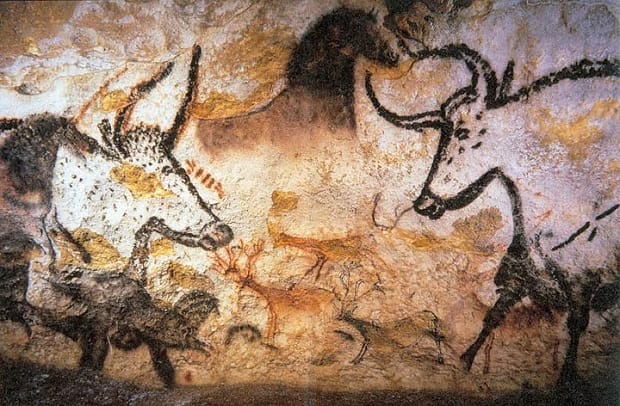
The Lascaux Caves in France are considered one of the most important archaeological sites in the world. The caves contain prehistoric paintings that are at least 17,300 years old.
The walls are adorned with a hauntingly impressive collection of Paleolithic paintings depicting animals like cows, deer, and bison. Unfortunately, the caves have been closed to the public since 1963 because archaeologists concluded that human presence could ruin the ancient artworks. Critically acclaimed German film director Werner Herzog received special permission from the French Minister of Culture to enter the cave and film the 2010 documentary “Cave of Forgotten Dreams.” He and his team could only shoot for six days, four hours each day.
- Bhangarh Fort, India
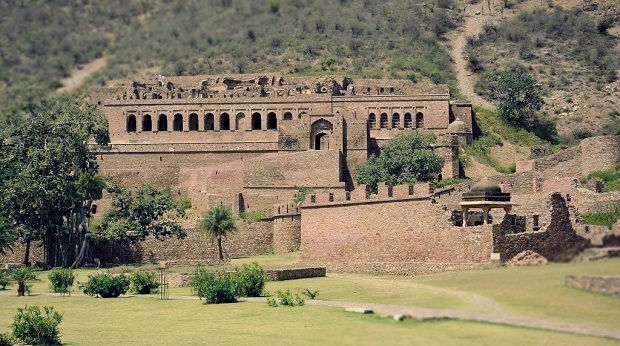
The once majestic Bhangarh Fort, located in Rajasthan, is now in ruins. Built-in 1573 by ruler Amber Kachwaha for his youngest son, the fort gradually became abandoned until a severe famine in 1783. According to local legend, the kingdom was cursed, leading to its downfall.
Bhangarh Fort is considered the most haunted place in India and requires a government permit to enter after sunset. The lack of artificial lighting and wild nocturnal animals like tigers contribute to its eerie reputation, but no one knows what else might be hiding in the ruins.
- Doomsday Vault, Norway
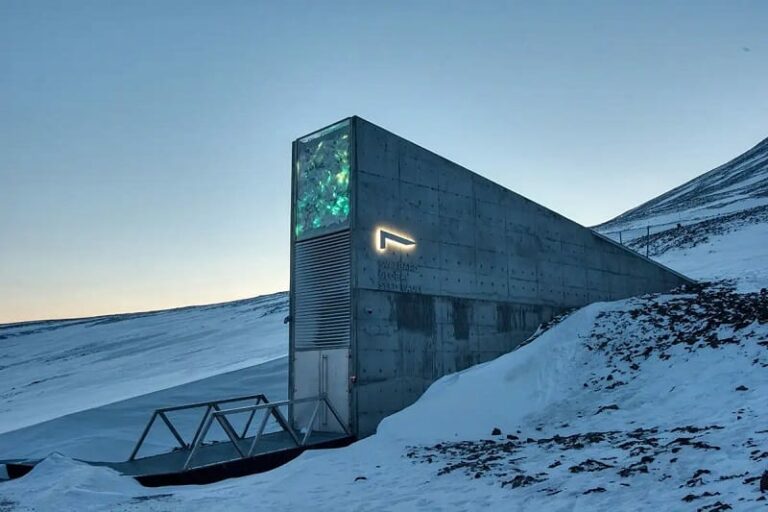
The Doomsday Vault, also known as the Svalbard Global Seed Vault, is located in the Arctic archipelago of Svalbard, Norway. It is a safe storage facility designed to store seeds from various plants to preserve biodiversity in the event of a global catastrophe.
Opened in 2008, the vault is about 200 years old and can withstand explosions and earthquakes. Its location on a mountain ensures it remains above sea level even if all the planet’s ice melts. The vault is not open to the public, but access is allowed to special guests on certain days.
- Poveglia, Italy
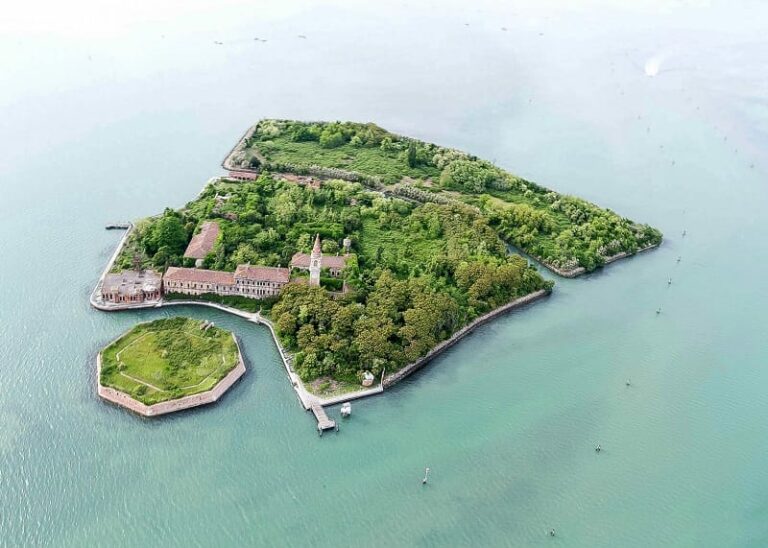
Poveglia is a small island located between Venice and Lido. Often called a “misfortune island,” it was once a quarantine station where over 160,000 plague victims spent their last days. According to some reports, 50% of the island’s soil consists of human remains.
The island later became home to a psychiatric hospital with a notorious reputation. It was eventually closed, and entry to Poveglia is now strictly forbidden.
- Fort Knox, USA
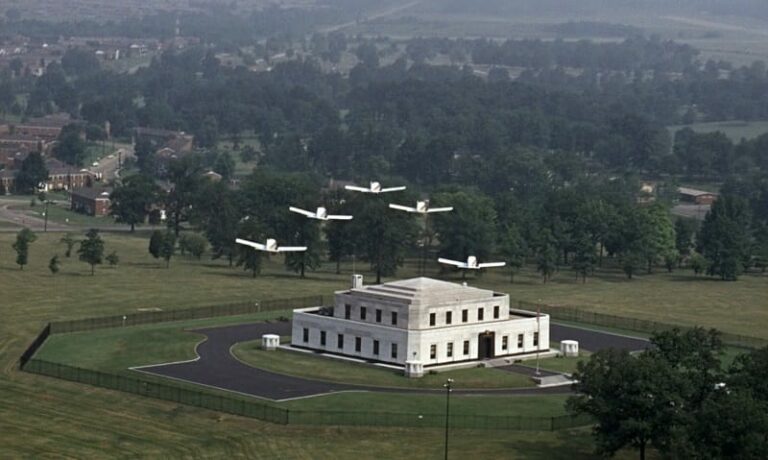
Fort Knox, located in Kentucky, holds more than half of America’s gold reserves and is often referred to as the world’s most secure place. It has extreme security measures, and none of the employees have full access to the vault. Access requires multiple combinations, with each employee knowing only one, so the vault can only be opened with the help of several people. The building is made of concrete granite and reinforced with steel, making it resistant to external attacks.
- Ilha da Queimada Grande, Brazil

Also known as Snake Island, Ilha da Queimada Grande is famous for its thousands of snakes. It is home to the Golden Lancehead Viper, one of the most poisonous snakes in the world. Its venom is said to be so deadly it could melt human flesh. Locals claim there are five snakes per square meter on the island, most of them lethal.
The Brazilian government has closed the island to visitors, maintaining its status as a restricted area. Only researchers with medical support are allowed to enter.
These restricted locations remind us that even in our highly connected world, there are still places shrouded in mystery and off-limits to the public.